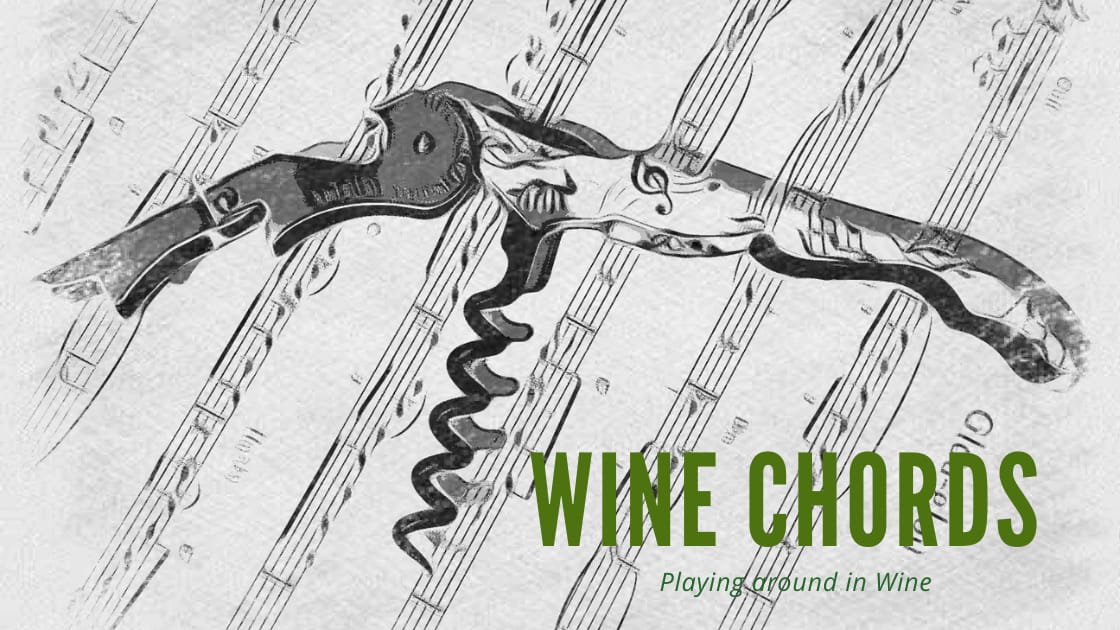This week’s wine was served at Sentralen wine bar and restaurant in Oslo’s city centre. The huge building used to be a bank, but is now containing cultural scenes and various meeting places, such as Sentralen, with its two chambers. It’s an informal place, but several well-established chefs are in the management, so the quality is high – and the prices very cempetitive too. The wine list has focus on artisan producers and organic and natural wine.
Avocado with jalapeño mayonnaise, smoked tomato and almonds
Christian Tschida is fourth generation and cultivates 10 hectares of old vines in Burgenland, near the Neusiedler See. The vineyards have sandy gravel, schist and limestone, and the big lake is securing a moderating influence. The wines are generally in contact with oxygen for a long time, up to 5 years in old wood. He uses a vertical basket press that he likens to an old manual screw press, with its very light pressure. The grapes are foot-trodden, and the fermentations done outside in the shade, then moved inside to age in barrels. They are never racked, and bottled by hand to leave a little redisual carbon dioxide.
While the previous vintage of red “Heaven on Earth” was made with cabernet sauvignon and zweigelt, the 2014 is a pure cabernet franc. The grapes were destemmed, and the juice fermented with indigenous yeasts, as usual. This wine spend one year in 500 to 1.500 liter barrels, and was bottled without additions of sulfur, and according to Tschida’s principles, not fined or filtered.
Himmel auf Erden 2014 (Christian Tschida)
Cherry red colour. Pure cherry fruit, some green pepper. Luscious, juicy, slightly carbonic, and with a good, natural acidity.
Price: Medium
Food: I had it with quite difficult ingredients (smoked and spicy), as you can see above. It should also tackle a wide variety of food, from light meat and bacalao, to salads and cheeses
Leave a Comment


















